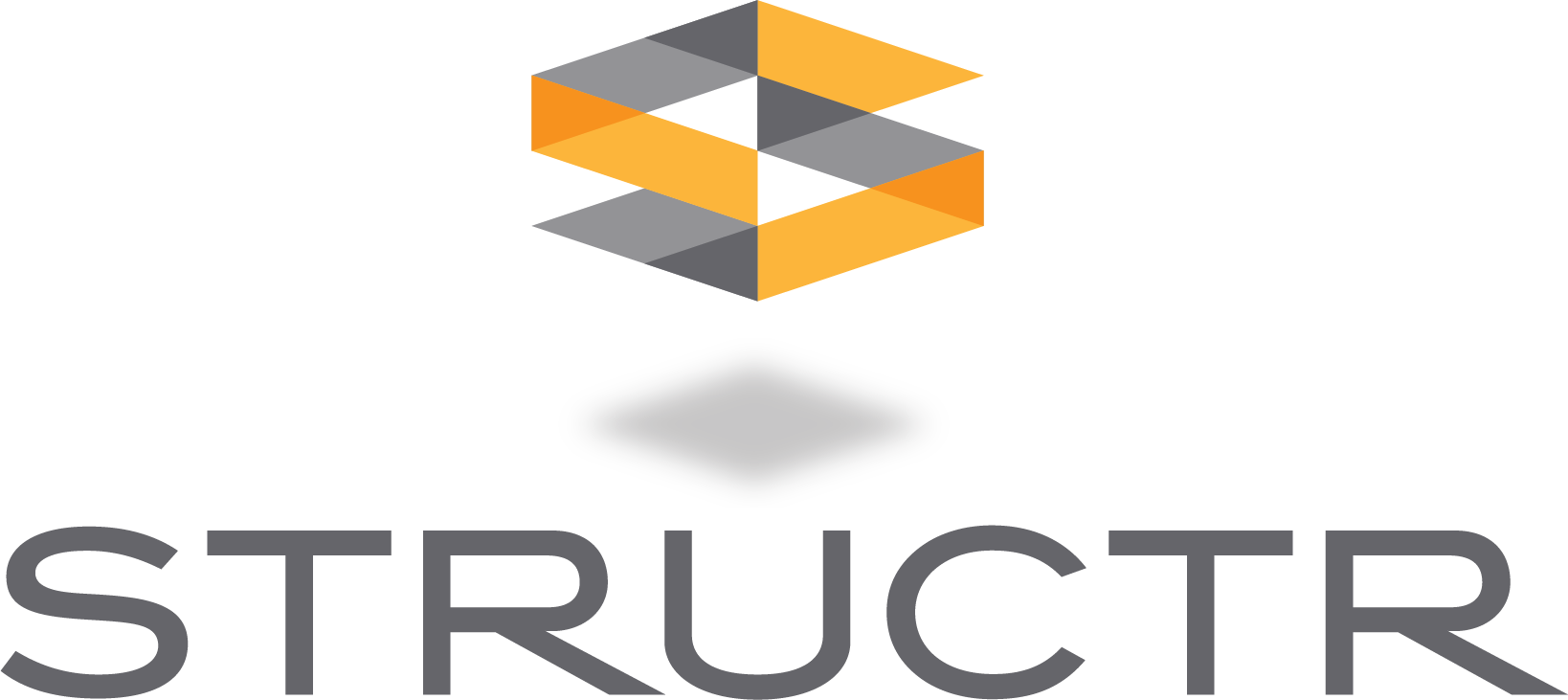On the surface, selecting a building material or product from a catalog is simple. But if you are concerned about hidden impacts like toxic ingredients or byproducts, embodied carbon, or social responsibility in the supply chain, a lack of quality information from manufacturers can make your search and selection process more complicated.
Recently, material transparency – an expectation that manufacturers disclose critical sustainability information about their products – has gained traction in the building industry. Various reporting mechanisms, from labels to product certifications and declarations, are now available. Even sustainable building certifications such as LEED, WELL, and the Living Building Challenge have prioritized selecting materials with disclosed impact information.
Material transparency within the built environment is essential for protecting occupant health, disclosing the true environmental, social, and economic impacts of product selection, and encouraging material transparency in the market at large. While the process can be challenging at first, there are several standardized reporting documents and third-party certifications that help simplify the process by clearly communicating the environmental and health impacts of a product.
- Environmental Product Declarations, or EPDs, document the carbon footprint and other environmental impacts of a product. Two different types of EPDs exist: industry-wide EPDs and product specific EPDs. Product category rules (PCRs) are the rule books behind EPDs that outline the process for conducting life-cycle assessments (LCAs). Having this manual for each EPD levels the playing field to ensure comparable products are measured with the same ruler. On an EPD, look for ISO 10425, which defines and standardizes PCRs.
- Health Product Declarations, or HPDs, disclose product ingredients and any health hazards associated with the ingredients. The HPD Collaborative created the HPD Open Standard to standardized format and instructions for reporting product contents and associated health information. When considering HPDs, be on the lookout for disclosure levels and whether the HPD is third-party verified or self-declared.
- Declare Labels allow you to understand where a product was manufactured, what it is made of, and what will happen to the product at the end of its life. Declare Labels convert complex raw material information and provide consumers with an easy-to-use label, similar to a food label.
- The California Department of Public Health (CDPH) Standard Method for VOC Emissions is an evaluation and reporting tool that provides emissions rates for the product and predicted indoor concentrations in various environments such as the office, classroom, and residential areas. Products are prepared and conditioned for 10 days prior to chamber testing to fully gauge impacts within the air samples. The standard is referenced in green building rating systems such as LEED, IgCC, WELL, and others.
In addition to disclosed material information, there are third-party certifications that help to reduce impact and optimize material performance.
- The Forest Stewardship Council, or FSC, certification ensures products are sourced from responsibly managed forests that provide environmental, social, and economic benefits. FSC Chain-of-Custody certification tracks a product’s journey from the forest as a raw material through the supply chain until it is used by the end consumer.
- Cradle to Cradle certification is obtained after products are assessed across five critical sustainability categories: material health, material reuse, renewable energy and carbon management, water stewardship, and social fairness. By requiring recertification every two years, making the overall achievement level the lowest improvement category, and tiering the achievement levels, the standard encourages continuous improvement of a product’s environmental and social performance.
- The Living Product Challenge is a framework and certification that challenges manufacturers to create goods that have a positive impact, rather than trying to do “less bad”. Instead of evaluating a product’s footprint or the negative impacts within its lifecycle, the framework measures the product’s handprint, or positive impacts within its lifecycle. In other words, you may select a product that generates more energy than was required to make it rather than a product that requires less energy to make it in the first place.
Material transparency provides buyers with an assessment of a product’s environmental preferability and a manufacturer’s commitment to support sustainable building practices. Collectively, the mechanisms for communicating material transparency are enabling buyers to make more informed decisions about products they purchase, advancing sustainable materials in the market. As a buyer of materials, you can use material transparency information to:
- Set material selection goals for your organization or project
- Screen products for high-priority chemicals
- Gauge the environmental impact profile of a project by comparing material transparency documentation against generic products
You can find material transparency information through:
- Manufacturer websites and representatives;
- UL SPOT, the largest sustainable product database; or
- mindful Materials, a product certification library assisting product selection processes.

